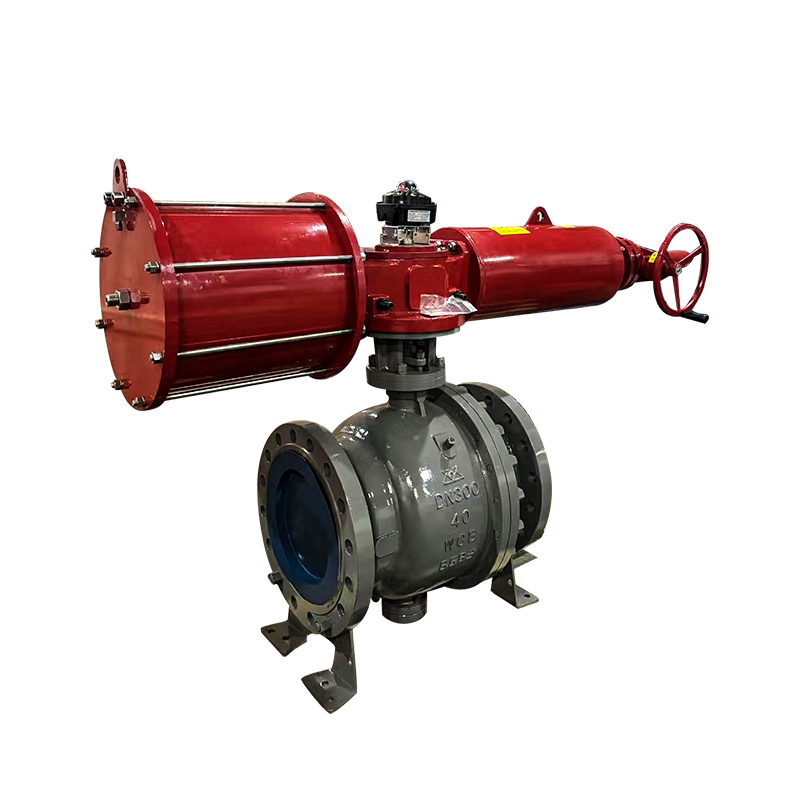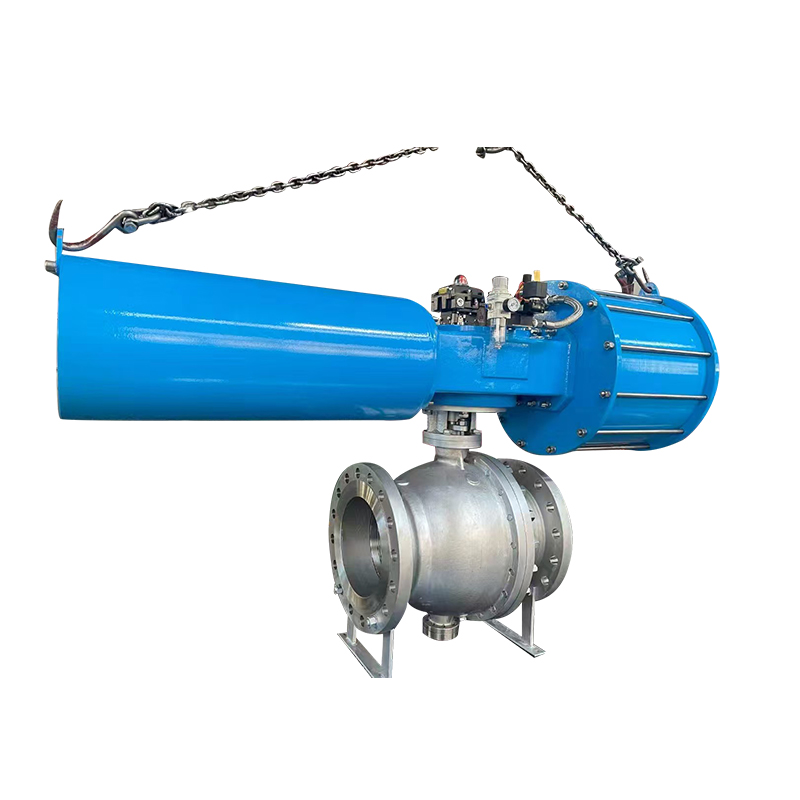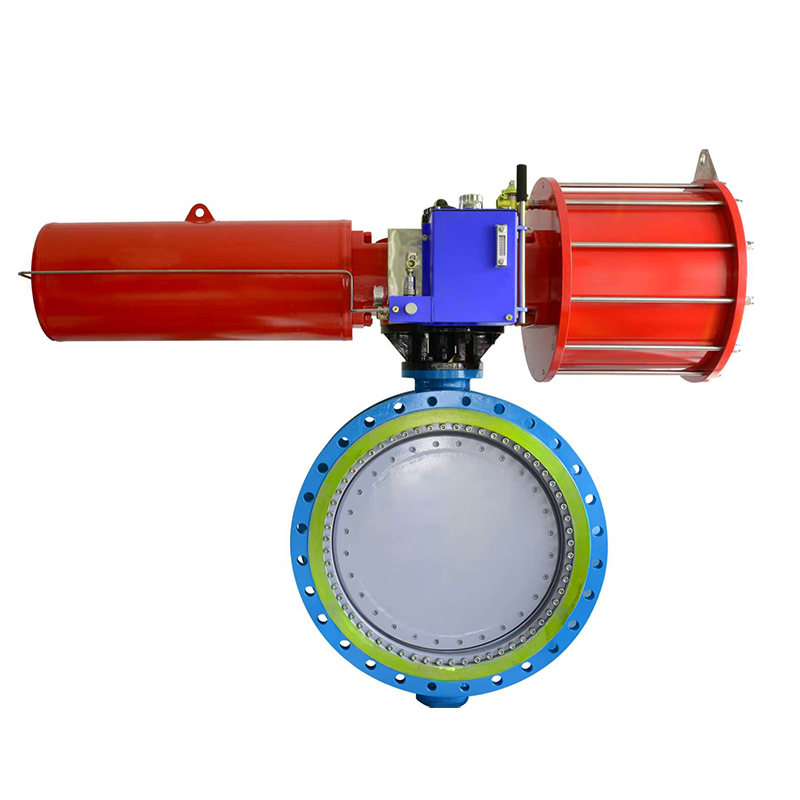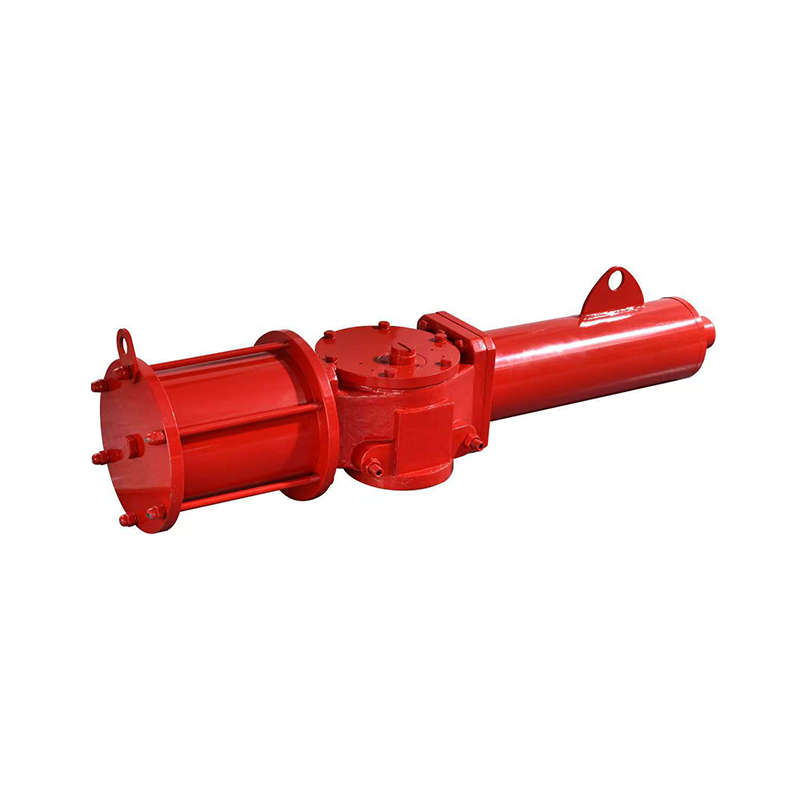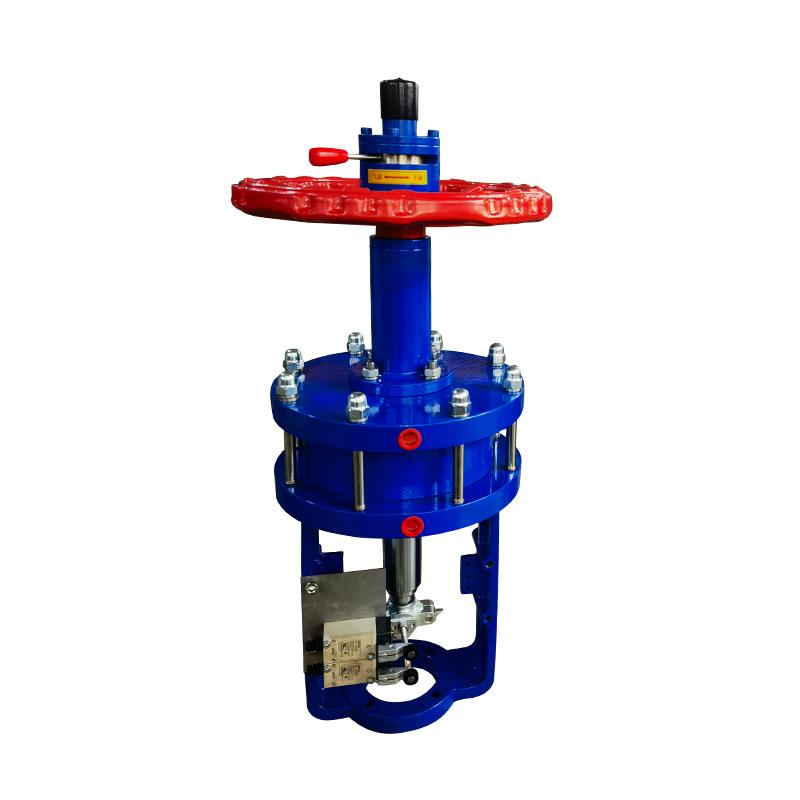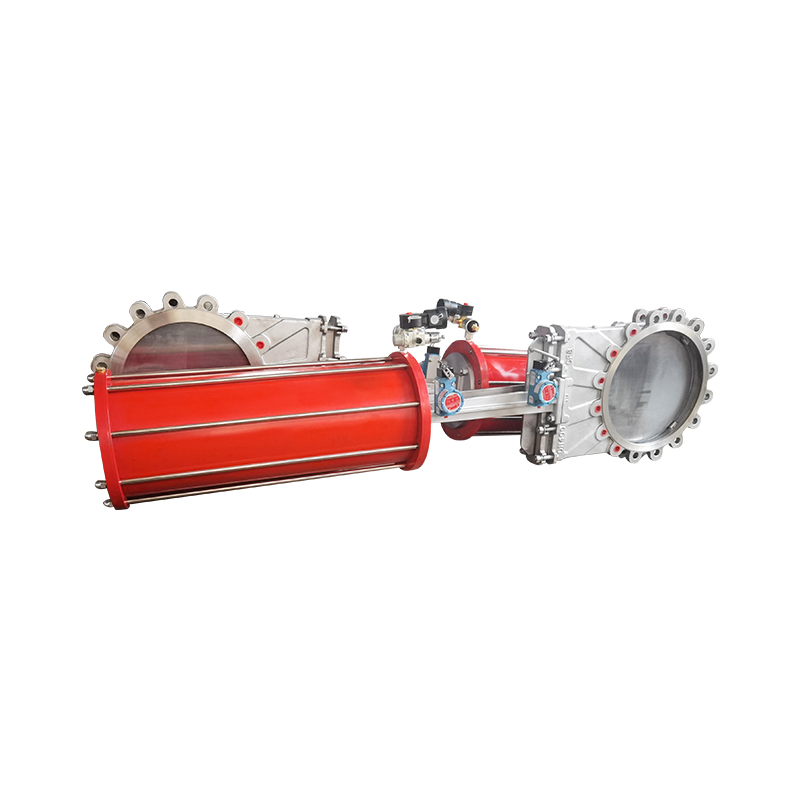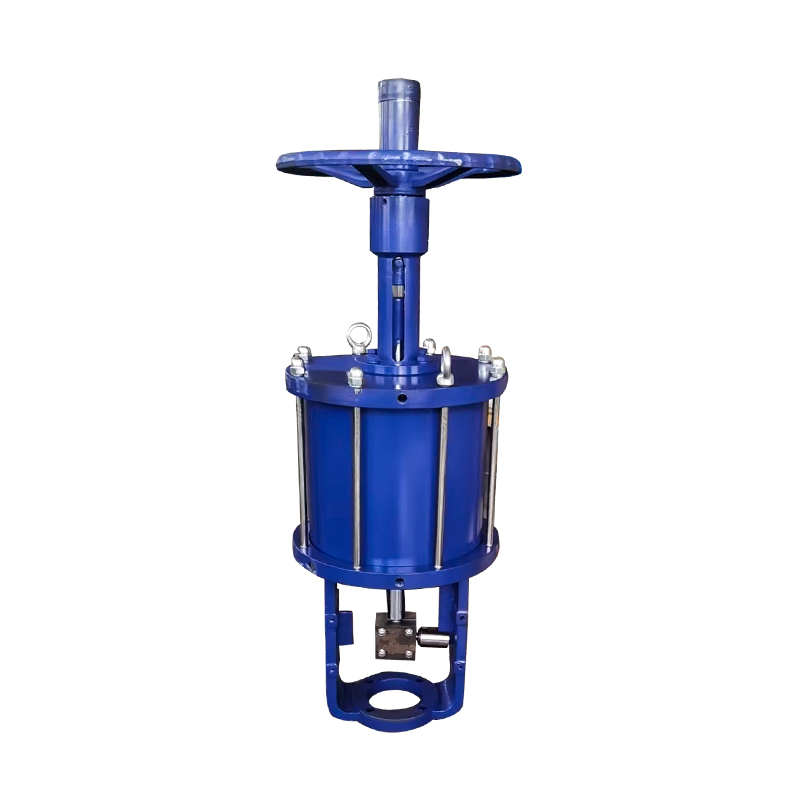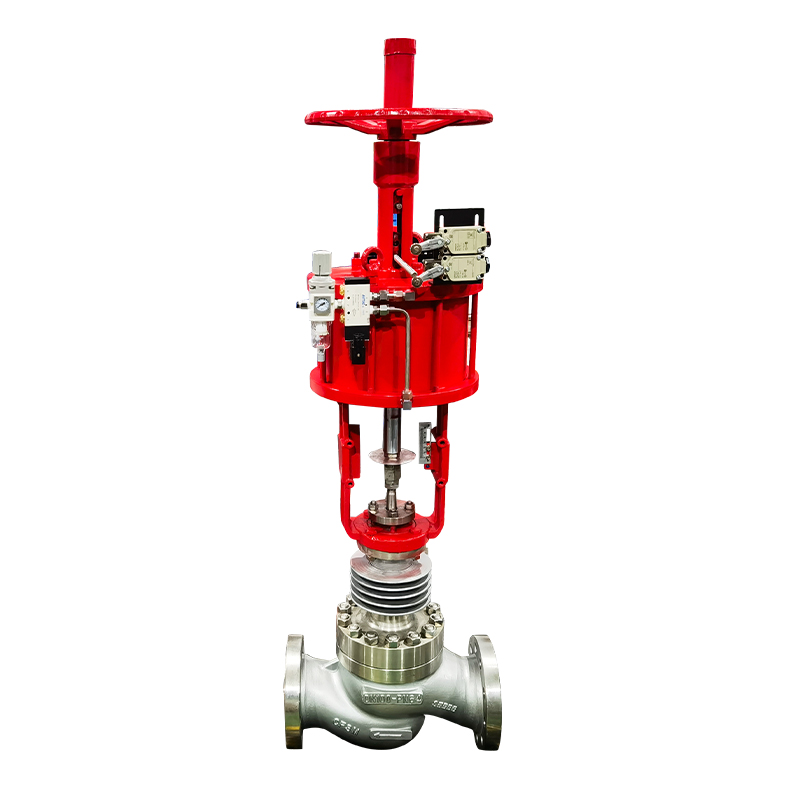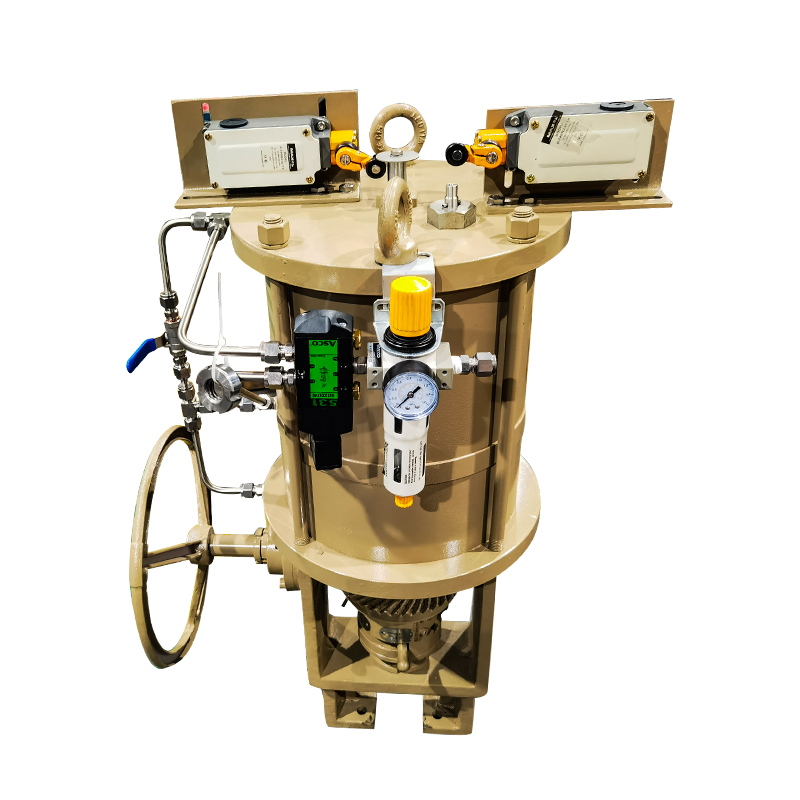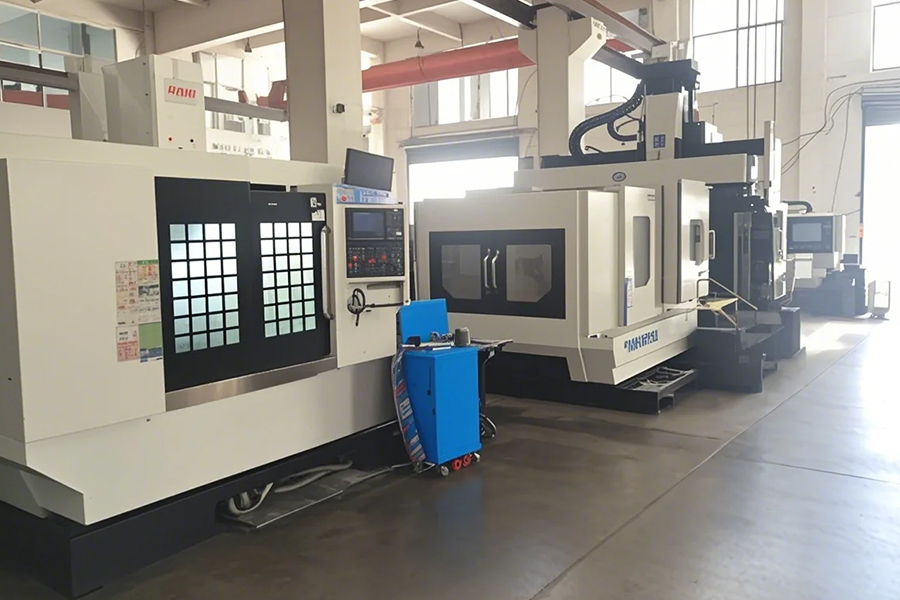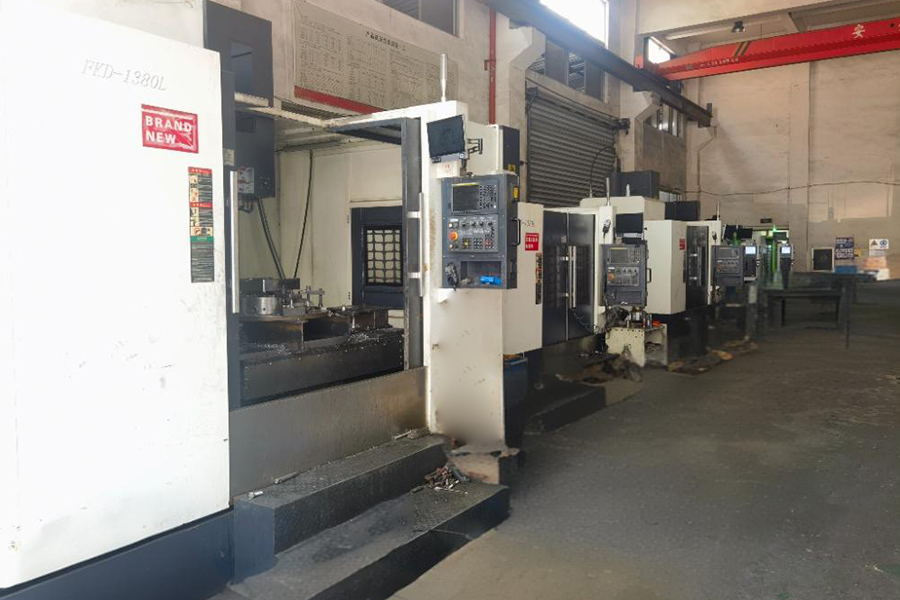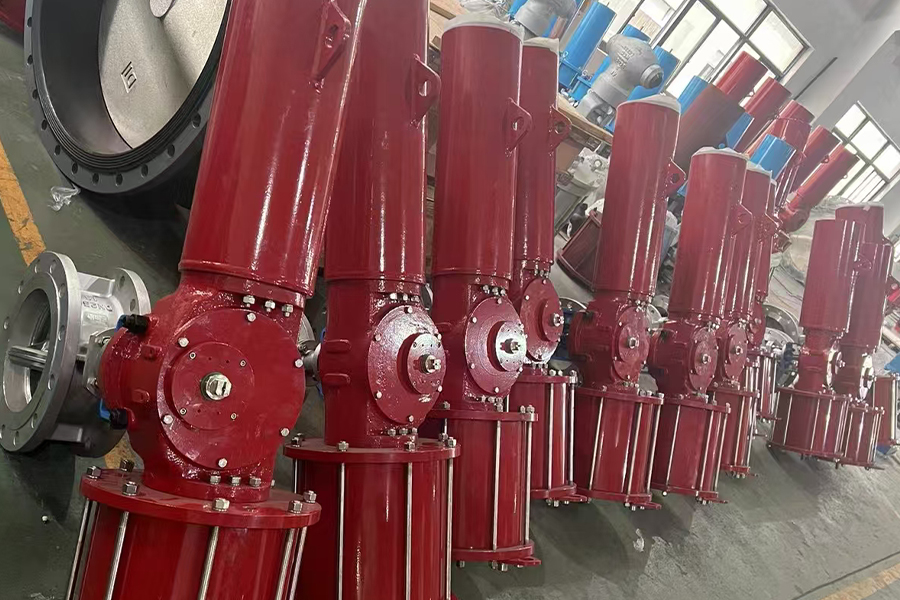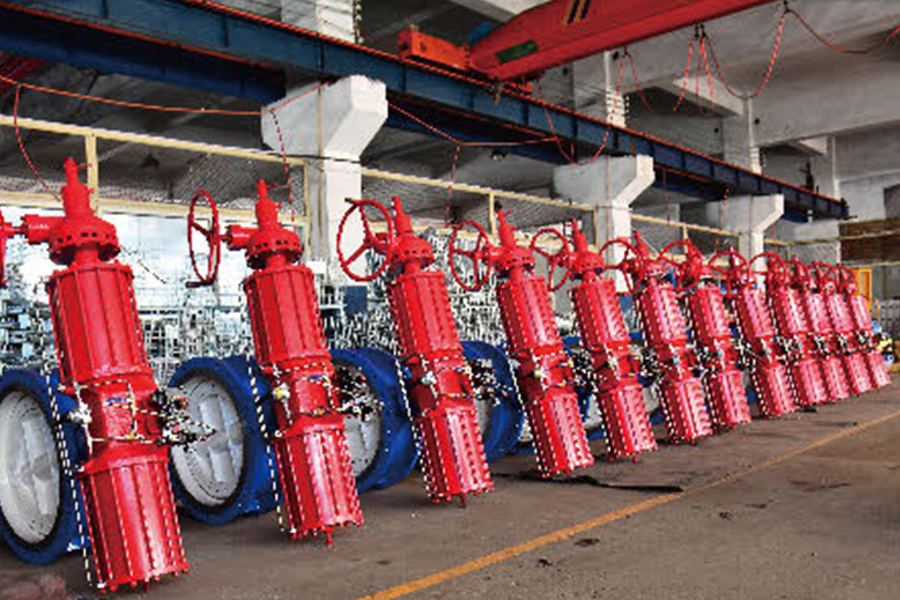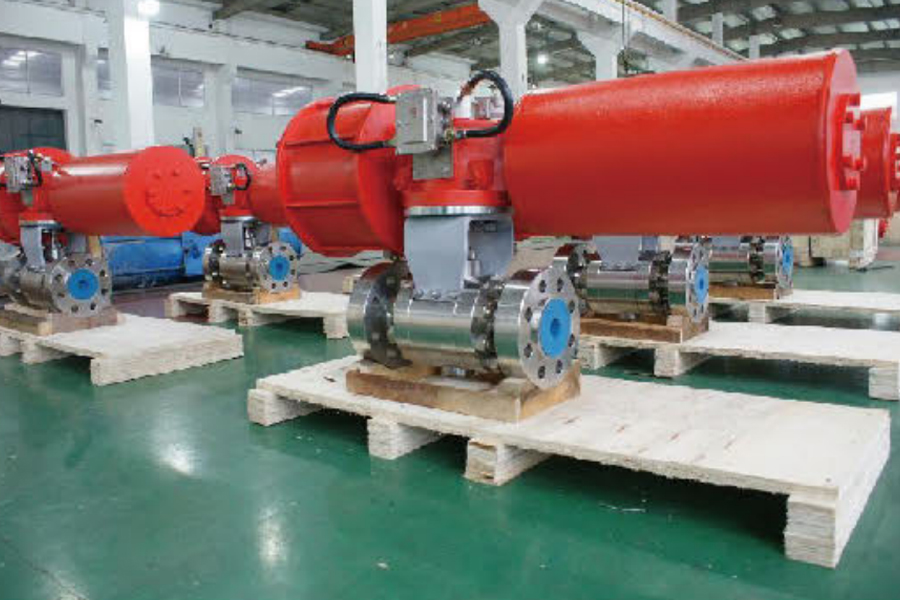The maintenance methods of automatic control valves mainly include the following aspects:
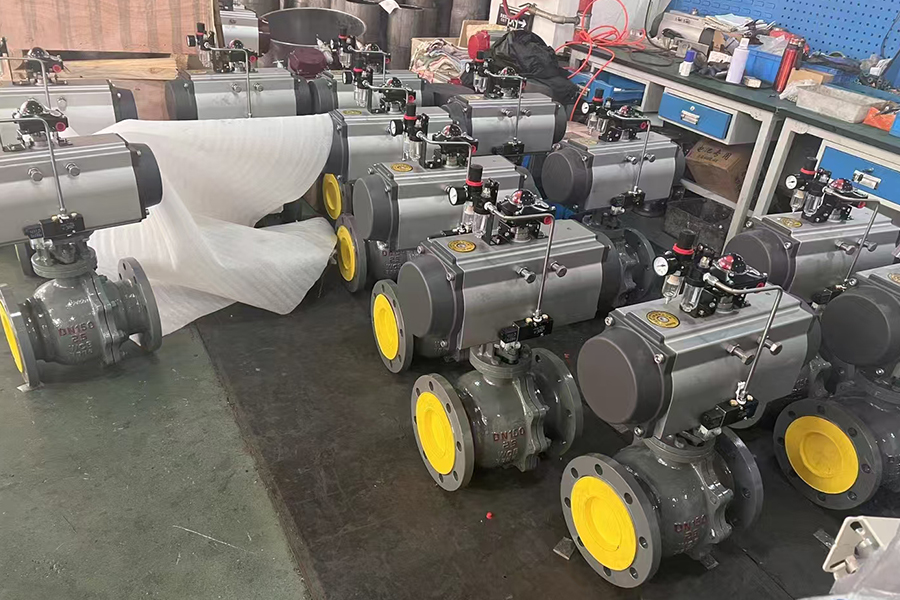
1. Maintenance of gas source and gas circuit
Drainage and cleaning: Press the drainage button of the filter pressure reducing valve every month to drain the water in the cup and clean the filter of the filter pressure reducing valve.
Check the gas source pipeline: Check whether the joint of the control gas source pipeline is loose and whether the raw tape of the threaded part of the joint is aging. If there is looseness or leakage, it should be handled in time.
2. Maintenance of power supply and electrical control
Check the circuit: Check whether the power circuit and electrical control circuit are bitten by mice, damaged by external force or overloaded and burned by joints every month. If there is, they should be replaced in time.
Check the waterproof seal: Check whether the waterproof seal of the electrical control circuit access port is intact and whether water or process medium enters. If there is, it should be cleaned or replaced in time.
3. Maintenance of positioner (intelligent controller)
Check the mounting nut: Check whether the mounting nut of the positioner is loose every month. If there is, check whether the positioner is displaced or the feedback rod is worn out. If necessary, contact the manufacturer for processing.
Cleaning the nozzle: For mechanical positioners, check whether there is any obstruction or debris at the nozzle. If there is, use special tools to clean it.
Self-tuning: For intelligent positioners, self-tuning should be performed once a month according to the manufacturer's instructions.
4. Lubrication and cleaning
Lubrication: Apply an appropriate amount of lubricating oil to the parts that need lubrication (such as valve stems and transmission mechanisms) regularly to reduce wear and maintain smooth movement.
Cleaning: Clean the outside and inside of the automatic control valve regularly to remove dust, dirt and other impurities, and avoid using corrosive or abrasive materials.
5. Functional testing and troubleshooting
Functional testing: Perform functional tests regularly to ensure that the automatic control valve can open and close normally, and check the working status of the electric actuator.
Troubleshooting: If problems such as valve jamming, leakage or motor failure are found, foreign objects should be cleaned up, the sealing ring should be replaced or the motor power supply should be checked in time.
6. Record and report
Record maintenance: Record each maintenance and servicing, including problems found, measures taken and parts replaced, and regularly summarize and analyze the operating status of the equipment.
The above methods can effectively extend the service life of the automatic control valve and ensure its normal operation
The air compressor regulator valve plays a critical role in controlling the output pressure of compressed air. It ensures that the air delivered to various tools, equipment, and machines remains within the specified range needed for performance. A regulator valve works by reducing the higher input pressure from the compressor to a lower, consistent output pressure that matches the requirements of the connected systems.
At its core, the air compressor regulator valve consists of a spring-loaded diaphragm that adjusts the airflow to maintain the correct pressure. When the air pressure exceeds the preset limit, the diaphragm moves to restrict the flow, and when the pressure drops below the desired level, it allows more air to flow through. This continuous adjustment ensures that the system operates efficiently and prevents damage to sensitive equipment.
One key advantage of a properly functioning air compressor regulator valve is energy efficiency. By regulating the pressure, the valve ensures that only the necessary amount of air is used, preventing wastage and reducing energy costs. It also protects equipment from damage that could occur due to excessive air pressure, thereby enhancing the longevity and performance of the system.
An air pressure relief valve is another important component in compressed air systems, designed to protect the system from excessive pressure buildup. It acts as a safety mechanism, ensuring that the pressure within the system does not exceed safe levels, which could otherwise equipment failure or dangerous situations. The relief valve works by releasing excess air when the pressure surpasses a certain threshold, thus preventing potential damage to both the compressor and connected components.
The primary role of the air pressure relief valve is to maintain system integrity by preventing over-pressurization. Over-pressurization can occur due to various factors, such as a malfunction in the regulator valve or fluctuations in system demand. Without a properly functioning pressure relief valve, excessive pressure could damage critical components, including pipes, filters, and valves, or even cause an explosion in cases.
Air pressure relief valves are typically adjustable, allowing operators to set the pressure at which the valve will open and release air. This setting must align with the system's safe working pressure. In many systems, the relief valve is designed to open at a level slightly above the normal operating pressure to ensure it only activates when absolutely necessary. Once the excess pressure is released, the valve automatically closes, restoring the system to normal operating conditions.








